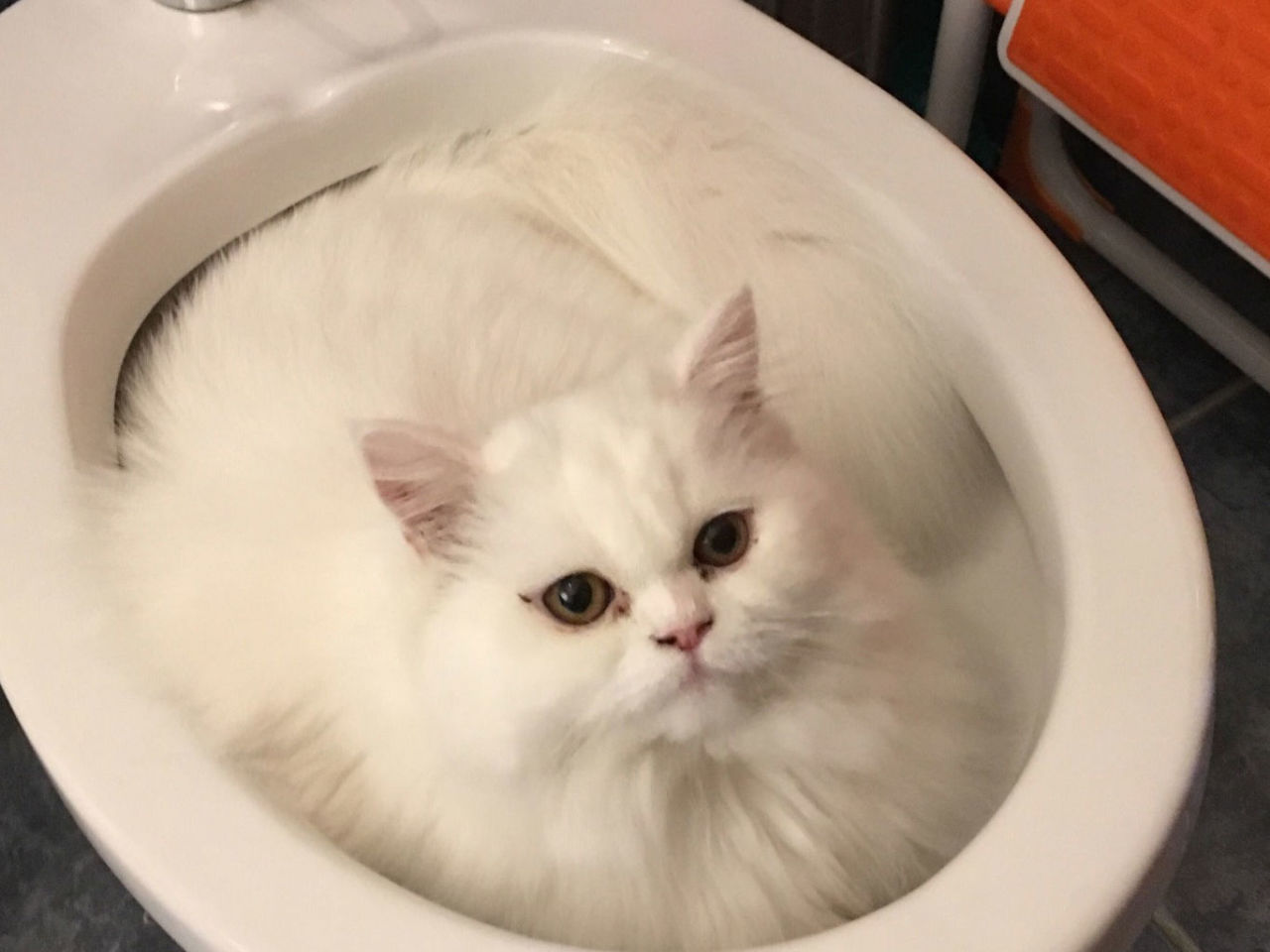Reasons You Should Never Flush Cat Poop Down Your Toilet - Important Facts
Reasons You Should Never Flush Cat Poop Down Your Toilet - Important Facts
Blog Article
They are making a few good points on the subject of How to Dispose of Cat Poop and Litter Without Plastic Bags overall in the article in the next paragraphs.
Introduction
As pet cat owners, it's important to be mindful of just how we deal with our feline close friends' waste. While it may seem practical to purge feline poop down the commode, this practice can have destructive consequences for both the setting and human health.
Environmental Impact
Purging cat poop presents hazardous microorganisms and bloodsuckers into the water system, posing a considerable threat to aquatic environments. These impurities can negatively affect marine life and concession water top quality.
Wellness Risks
Along with environmental issues, purging pet cat waste can also position health and wellness risks to humans. Feline feces may include Toxoplasma gondii, a parasite that can trigger toxoplasmosis-- a possibly extreme illness, especially for expecting females and individuals with weakened immune systems.
Alternatives to Flushing
Thankfully, there are safer and much more accountable methods to dispose of cat poop. Think about the complying with choices:
1. Scoop and Dispose in Trash
One of the most common technique of dealing with cat poop is to scoop it into a naturally degradable bag and toss it in the garbage. Make certain to make use of a committed clutter scoop and deal with the waste quickly.
2. Use Biodegradable Litter
Choose naturally degradable feline trash made from products such as corn or wheat. These clutters are eco-friendly and can be securely thrown away in the garbage.
3. Bury in the Yard
If you have a yard, consider burying pet cat waste in a designated area far from veggie gardens and water resources. Be sure to dig deep sufficient to avoid contamination of groundwater.
4. Mount a Pet Waste Disposal System
Buy an animal garbage disposal system particularly created for cat waste. These systems utilize enzymes to break down the waste, lowering smell and ecological impact.
Final thought
Accountable animal possession expands past providing food and shelter-- it likewise entails correct waste management. By avoiding purging pet cat poop down the commode and choosing alternate disposal methods, we can reduce our environmental impact and shield human wellness.
Why Can’t I Flush Cat Poop?
It Spreads a Parasite
Cats are frequently infected with a parasite called toxoplasma gondii. The parasite causes an infection called toxoplasmosis. It is usually harmless to cats. The parasite only uses cat poop as a host for its eggs. Otherwise, the cat’s immune system usually keeps the infection at low enough levels to maintain its own health. But it does not stop the develop of eggs. These eggs are tiny and surprisingly tough. They may survive for a year before they begin to grow. But that’s the problem.
Our wastewater system is not designed to deal with toxoplasmosis eggs. Instead, most eggs will flush from your toilet into sewers and wastewater management plants. After the sewage is treated for many other harmful things in it, it is typically released into local rivers, lakes, or oceans. Here, the toxoplasmosis eggs can find new hosts, including starfish, crabs, otters, and many other wildlife. For many, this is a significant risk to their health. Toxoplasmosis can also end up infecting water sources that are important for agriculture, which means our deer, pigs, and sheep can get infected too.
Is There Risk to Humans?
There can be a risk to human life from flushing cat poop down the toilet. If you do so, the parasites from your cat’s poop can end up in shellfish, game animals, or livestock. If this meat is then served raw or undercooked, the people who eat it can get sick.
In fact, according to the CDC, 40 million people in the United States are infected with toxoplasma gondii. They get it from exposure to infected seafood, or from some kind of cat poop contamination, like drinking from a stream that is contaminated or touching anything that has come into contact with cat poop. That includes just cleaning a cat litter box.
Most people who get infected with these parasites will not develop any symptoms. However, for pregnant women or for those with compromised immune systems, the parasite can cause severe health problems.
How to Handle Cat Poop
The best way to handle cat poop is actually to clean the box more often. The eggs that the parasite sheds will not become active until one to five days after the cat poops. That means that if you clean daily, you’re much less likely to come into direct contact with infectious eggs.
That said, always dispose of cat poop in the garbage and not down the toilet. Wash your hands before and after you clean the litter box, and bring the bag of poop right outside to your garbage bins.
https://trenchlesssolutionsusa.com/why-cant-i-flush-cat-poop/

I recently found that post on Can You Flush Cat Poo or Litter Down the Toilet? when doing a lookup on the internet. Make sure you take a moment to share this blog if you liked it. Thank-you for taking the time to read it.
Visit Our Website Report this page